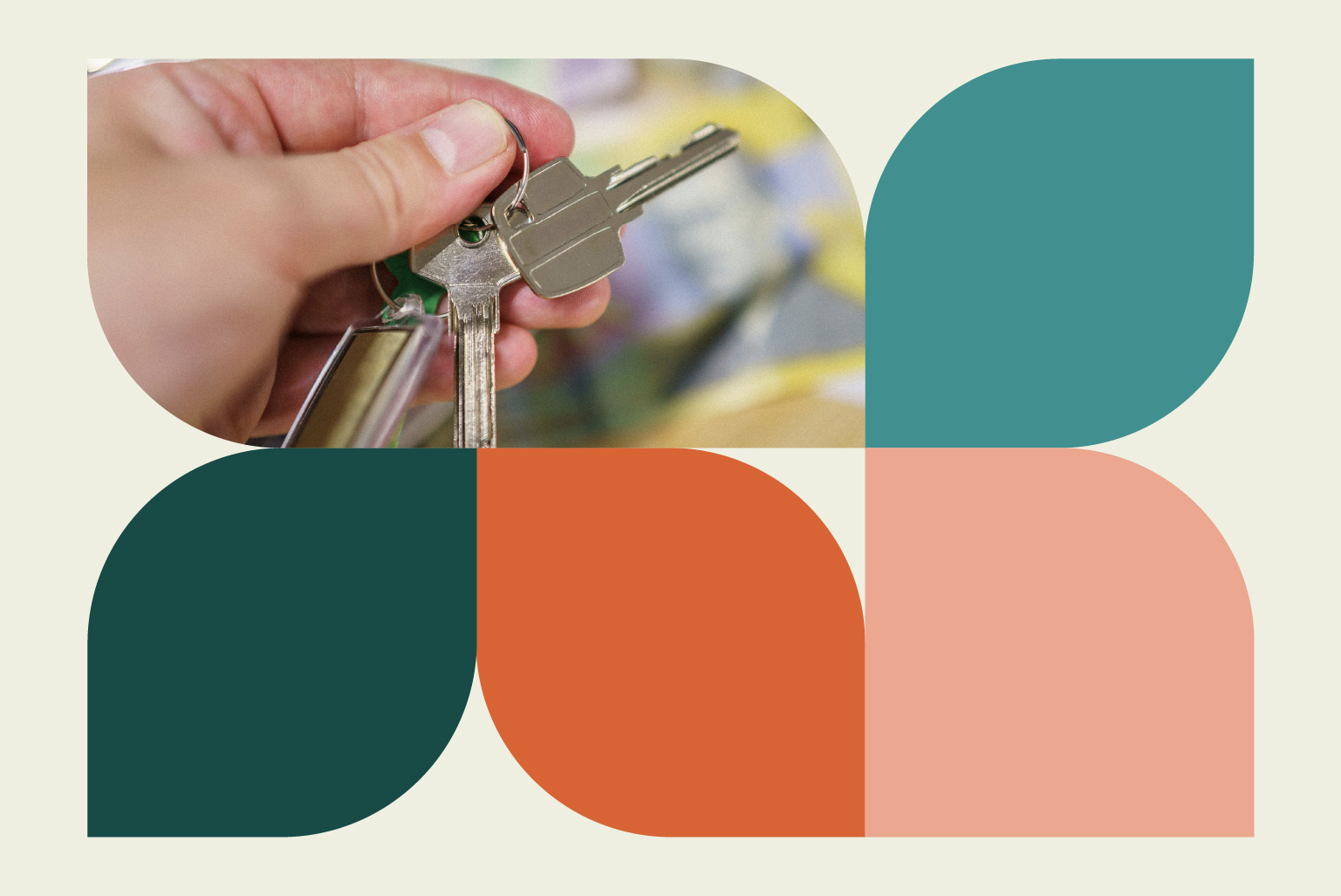
Want to make your mark on the property market but unsure where to begin? You’ve come to the right place! We’ve helped all sorts of investors get started with property investment.
If you have the right mindset and a willingness to learn about the investment landscape before making any financial commitments, property investment could take you far.
Read our 7 top tips for getting started with property investment, and start your investment journey with confidence. And if you have any questions about the investment landscape in Nottingham, call our office on 01623 460830. We’ll be happy to help!
So, why invest in property?
Property investment is one of the most popular ways to invest in the UK. Some choose this route because they want to increase their immediate cash flow, some want to benefit from capital appreciation over time, and others are looking for ways to hedge against inflation or be their own boss.
But, just as stocks and shares can range from stable to volatile, property investments can also vary widely. It’s important to understand this in order to set realistic expectations for yourself when you’re just starting out with property investment.
To help your journey go more smoothly, we asked our Founder and CEO, Rich Purseglove, to share his top tips for getting started with property investment. So, sit back, tap into his knowledge and investment experience, and get in touch if you need any further support.
7 tips for getting started with property investment
Tip 1: Write down your investment goals
Knowing your goals is the first step to shaping your investment strategy. Are you looking to build a long-term portfolio to help support your retirement or do you want quicker returns to supplement your income right now?
If you’re focused on long-term growth, Rich suggests looking for properties that are likely to appreciate over time, such as residential buy-to-let properties in well-located, up-and-coming areas. These types of properties tend to increase in value over time and can help you get one step closer to that retirement fund.
If short-term gains are more important to you, Rich suggests looking for properties that generate immediate rental income, like Houses in Multiple Occupation (HMOs) or serviced accommodation in popular tourist areas. These can offer a quicker return on your investment by providing you with a steady rental income right now.

Tip 2: Figure out your finances
Once you’ve set your investment goals, the next step is to figure out how you’ll fund your property purchase. For most investors, this means securing a buy-to-let mortgage, unless you have enough cash to buy a property outright.
To qualify for a buy-to-let mortgage, you’ll usually need a deposit of at least 25% of the property’s value. On top of that, you’ll need to budget for additional costs like mortgage fees, legal fees, property searches, insurance and Stamp Duty. These additional costs can add another 5-10% of the property’s price.
If a buy-to-let mortgage still feels out of reach financially, consider other strategies to make property investment more accessible. For example, you could look into joint ventures or purchase lease options as a way to get started with less upfront capital.
Tip 3: Match your budget to the right tenant market
When planning your investment strategy, Rich also notes that it’s important to match your budget to the type of tenants you want to attract. For instance, if you have enough capital to invest in an expensive area like central London, you may attract tenants who can afford higher rents.
On the other hand, if you’re looking at properties in Northern towns or less expensive regions with lower purchase prices, you’ll be likely to attract students, young families or lower-income professionals.
Don’t worry! Both options are viable investment strategies. While properties in high-demand areas typically offer lower yields, they often provide more stable long-term growth. Cheaper areas usually offer higher rental yields but may come with challenges like higher tenant turnover or less stable rental income.
Tip 4: Learn what makes tenants tick
Once you’ve settled on an investment area, you’ll need to spend some time understanding the needs and preferences of your potential tenants! Whether they’re families, young professionals or students, each group has its own preferences, and these should influence the type of property you invest in.
For example, a large terraced house with multiple bedrooms might be appealing to a family, but if there is little to no garden and only shower rooms instead of a full bathroom, it will put most families off. This kind of property may be suitable for a HMO conversion though!
Similarly, a city centre apartment near transport links might be perfect for young professionals, but only if it’s in a desirable part of the city and close to other amenities. Understanding these tenant dynamics will help you make more informed decisions and choose properties that are in demand and profitable.

Tip 5: Research everything (thoroughly!)
Tip 5 is all about Rich’s favourite term: due diligence! Proper research is key to making smart property investment decisions, especially in areas you’re not familiar with. Research can help you understand local market trends, property values and tenant demand, and bring you closer to making a good investment.
Use online tools like Rightmove to find properties and get a feel for the market. Visiting the area yourself can also provide valuable insights. Rich recommends speaking with local estate agents or property managers who can give you expert perspectives. Just make sure you’re getting unbiased advice, as some agents may steer you towards properties that suit their interests rather than yours!
Tip 6: Keep an eye on market demand
If properties are snapped up quickly, that usually means the area has high market demand. Online platforms like Rightmove and Zoopla can help you gauge how quickly properties are being rented out. For example, if you notice that a large proportion of listings are marked as “let agreed,” rental demand in the area is probably quite high.
When it comes to viewing properties, try to organise multiple viewings on the same day, especially if you’re not local. This approach can save you time and help you compare options more effectively.
Finally, if you can’t view properties in person, consider hiring a sourcing agent to do it for you. They can provide detailed reports on the property’s condition, any potential refurbishment needs and market viability.
Tip 7: Be prepared to negotiate
Once you’ve found a property that fits your investment strategy, the final step is to prepare for negotiation… Rich recommends factoring any necessary renovations into your final offer and using your market research to back it up!
Be confident. Your offer should be based on a clear understanding of both the property’s worth and your investment goals. Being prepared to negotiate can help you secure a better deal and land yourself a successful investment.

Partner with Purseglove to get started with property investment
Getting started with property investment can seem scary if you’re not prepared, so set yourself clear goals, research everything thoroughly and spend time getting to know the rental market.
Every investor started somewhere – so why not start today? Get in touch to discuss property investment opportunities in Nottingham!